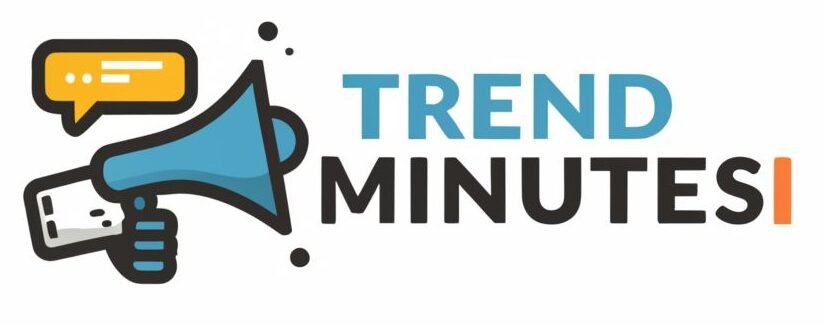Ah, the public Wi-Fi—a modern marvel that keeps us connected while we’re on the go. Imagine catching up on emails at the airport, browsing social media at a cafe, or even checking the news while waiting in line. Public Wi-Fi offers a lifeline to the digital world, all at the tap of a finger.
But hold on a minute! While public Wi-Fi fuels our online habits, it can also pose a hidden threat, especially when it comes to sensitive tasks like online banking. Think about it – you’re entering your login credentials, account details, maybe even approving payments—all while connected to a network you don’t entirely control. That convenience we crave might be putting our financial information at risk. Let’s explore why.
Threats on Public Wi-Fi
Public Wi-Fi’s open nature makes it a hunting ground for hackers looking to steal your data. Here’s how two main methods exploit this vulnerability:
Man-in-the-Middle Attacks: Imagine a sneaky eavesdropper on a phone call. In a Man-in-the-Middle attack, hackers act as that eavesdropper in the digital world. They create fake Wi-Fi hotspots with deceivingly familiar names (like “CoffeeShopFreeWiFi”). Once you connect, your data – login credentials, account details – flows through the hacker’s system, unseen, like a pickpocket in a crowded market. The hacker can then steal this information and use it to access your bank accounts.
Phishing Scams: These are like digital mirages designed to lure you in. Hackers create emails or websites that look exactly like those from your bank. One click on a malicious link in a phishing email, or entering your information on a fake bank website, and you could be unwittingly downloading malware that steals your information directly from your device. Phishing scams are especially dangerous because they prey on trust – you might believe you’re interacting with your legitimate bank, completely unaware of the danger lurking behind the familiar logo
Safety Measures: Shielding Yourself on Public Wi-Fi
Public Wi-Fi might be a jungle, but fear not, there are ways to navigate it safely! Here are some essential tools to keep your financial information secure:
Virtual Private Network (VPN): Think of a VPN as a security guard for your data. It encrypts all your information, transforming it into a jumbled mess that even the most determined hacker can’t decipher. With a VPN activated, your data travels through a secure tunnel, shielding it from prying eyes on public Wi-Fi networks.
Mobile Data: While it might use up some of your data plan, using your cellular network for sensitive transactions like banking adds an extra layer of security. Cellular data networks are generally more secure than public Wi-Fi, making it a safer option for accessing your bank accounts.
Beware of Open Networks: Avoid Wi-Fi networks that don’t require a password. These open networks are essentially an open invitation for hackers. They’re easy to set up and even easier for hackers to exploit, making them a breeding ground for data theft. If a password isn’t required, best to steer clear!
Stick to the Official App: This might seem obvious, but it’s important! Access your bank through the official mobile app, not a web browser on public Wi-Fi. Banks invest heavily in app security, making them a safer option for managing your finances on the go. Avoid logging into your bank account through any website links, even if they appear legitimate
Conclusion: Bank Safe, Anywhere
In today’s digital world, convenience shouldn’t come at the cost of security, especially when it comes to your hard-earned money. Public Wi-Fi might be a tempting option, but the risks associated with it can be significant. By following these simple safety measures—using a VPN, opting for cellular data when possible, avoiding open networks, and sticking to the official bank app—you can transform public Wi-Fi from a potential pitfall into a secure platform for managing your finances. So go forth, informed and protected, and conquer your to-do list, latte in hand, with complete peace of mind!





